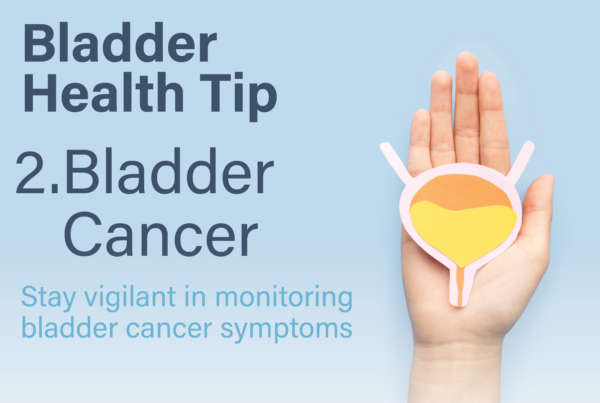Interstitial cystitis (IC), also known as bladder pain syndrome, is a chronic condition that affects the urinary bladder, causing discomfort and pain. If you or someone you know has been diagnosed with IC, you may have several questions about the condition and its management. Here are five frequently asked questions about interstitial cystitis to provide you with a better understanding.
Is there a cure for IC?
Unfortunately, there is currently no cure for IC. However, the condition is manageable with treatments and medications. It’s important to work closely with your healthcare provider to develop an individualized treatment plan that suits your specific needs.
What are the symptoms of IC?
The symptoms of IC vary from person to person, but the most common ones include frequent urination, urgency to urinate, pelvic pain, and discomfort during sexual intercourse. Some individuals may also experience low back pain, blood in the urine, and swelling in the stomach or pelvic area. It’s crucial to consult with a healthcare provider to receive an accurate diagnosis and appropriate treatment.
How is IC diagnosed?
Diagnosing IC can be challenging as there is no definitive test for it. Healthcare providers typically consider a combination of symptoms, medical history, physical examination, and ruling out other possible conditions. Additional tests such as urine analysis, cystoscopy, and bladder biopsy may be conducted to confirm the diagnosis.
What treatments are available for IC?
The treatment options for IC aim to alleviate symptoms and improve the quality of life. They may include lifestyle changes, physical therapy, bladder training, medications, and in some cases, surgical interventions. Each treatment plan is tailored to the individual’s specific needs and may require a trial-and-error approach to find the most effective combination.
How often should I follow up with my healthcare provider?
The frequency of follow-up appointments depends on your specific treatment plan and how you feel. It’s important to maintain open communication with your healthcare provider and report any changes or new symptoms promptly. Regular check-ups allow for adjustments to the treatment plan and ensure that your condition is adequately managed.
Remember, while living with IC can be challenging, there are ways to manage the symptoms and improve your quality of life. By working closely with your healthcare provider, following the recommended treatment plan, and making necessary lifestyle adjustments, you can find relief and regain control over your well-being.
If you have further questions or concerns about interstitial cystitis, don’t hesitate to reach out to your healthcare provider. They are your best resource for accurate information and guidance on managing IC.
Expert Cancer Care
Our caring team of experts are here to provide you with a custom-tailored treatment plan unique to your diagnosis, tumor size, location and involvement. Click on the button below to explore available cancer screenings and treatment options.




